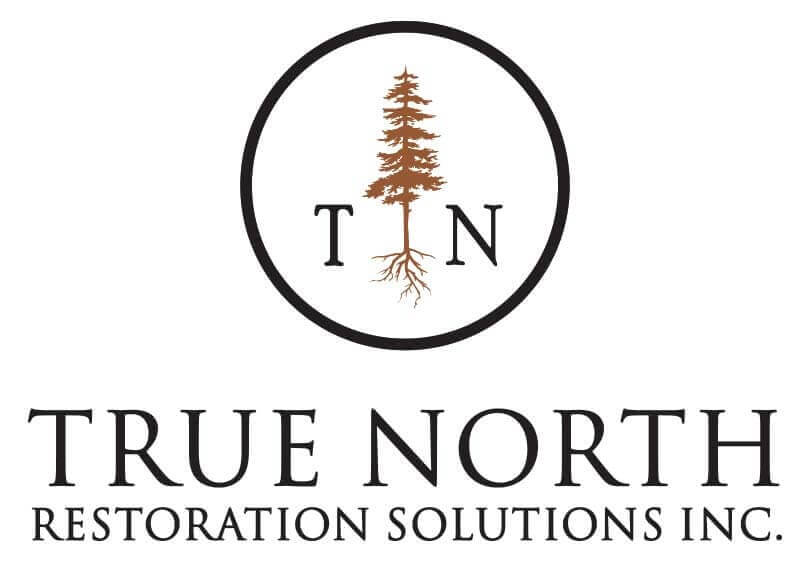What is Chinking a Log Cabin?
If you own a log cabin or are considering building one, you’ve likely heard the term “chinking” before. But what exactly does it mean, and why is it so important? In this blog post, we’ll explore the process of chinking a log cabin, its significance, and how the experts at True North Restoration can help you maintain the beauty and integrity of your log home.
Understanding Log Cabin Construction
Log cabins are constructed using horizontally stacked logs, each carefully notched and fitted together. While this traditional building method has been around for centuries, it presents a unique challenge: the spaces between the logs can allow air, moisture, and even pests to enter the structure.
Enter chinking – the process of filling those gaps to create an airtight and weather-resistant seal.
The Importance of Proper Chinking
Chinking serves several crucial purposes in a log cabin:
Insulation
Properly chinking a log cabin helps to insulate the interior, keeping it warm in the winter and cool in the summer. This not only enhances your comfort but also reduces energy costs.
Weather Protection
Chinking acts as a barrier against the elements, preventing water, wind, and debris from entering the cabin. This is essential for maintaining the structural integrity and longevity of your log home.
Pest Control
By sealing off potential entry points, chinking helps to deter pests like insects, rodents, and other unwanted critters from making their way inside.
The Log Home Chinking Process
While chinking may seem like a simple task, it requires expertise and the right materials to ensure a long-lasting, effective seal. At True North Restoration, our skilled team follows a proven process:
- Preparation: The existing chinking material is carefully removed, and the log surfaces are cleaned and prepared for the new application.
- Material Selection: We use high-quality, flexible chinking compounds specifically designed for log homes. These materials can expand and contract with the natural movement of the logs, preventing cracking and separating over time.
- Application: Our experienced professionals apply the chinking material with precision, ensuring a smooth, even finish that blends seamlessly with the logs.
- Finishing Touches: Once the chinking is complete, we may apply a protective sealant or stain to enhance the cabin’s appearance and provide an additional layer of protection.
Trust the Experts at True North Restoration
With over 30 years of experience, True North Restoration’s founder, Brad Schultz, and his team have honed their skills in log home restoration and maintenance. We understand the unique challenges and requirements of log cabins, and our attention to detail ensures that your chinking project is completed to the highest standards.
FAQs
How often does a log cabin need to be re-chinked?
The frequency of re-chinking depends on various factors, such as the age of the cabin, the quality of the original chinking, and the local climate. As a general guideline, it’s recommended to have your chinking inspected every 5-7 years and re-chinked as needed.
Can I chink my log cabin myself?
While it’s possible to attempt chinking yourself, it’s a task best left to professionals. Improper chinking can lead to costly issues down the line, such as structural damage or moisture intrusion.
Is chinking only for log cabins, or do log homes need it too?
Both log cabin and log home chinking are important to maintain their structural integrity and insulation. The process is essentially the same, but larger log homes may require more time and effort.
Can chinking be done during any season?
Chinking can be performed year-round, but the ideal conditions are mild temperatures and dry weather. Our team at True North Restoration can advise on the best time for your specific project.
If you’re in need of log home restoration services, including chinking, in Southern Ontario, trust the experts at True North Restoration. Contact us today to schedule an inspection and ensure the longevity and beauty of your log cabin or home. Reach out to us for log home restoration services or visit our GMB page and discover how we can protect your log cabin investment for generations to come.
